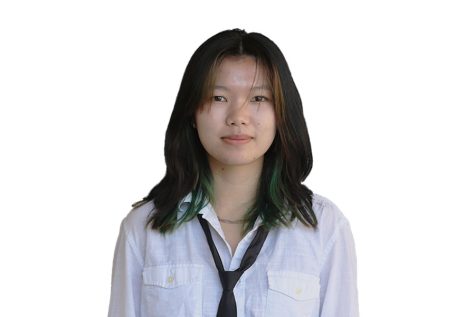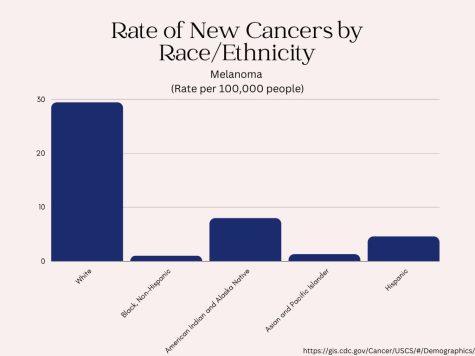
Twitter: @kyralu05
February 8, 2023
The sun is more complex than one might think. There are three types of UV rays: ultraviolet A (UVA), ultraviolet B (UVB), and ultraviolet C (UVC).
“UVA and UVB rays have different effects on our skin. UVB is what causes sunburn and skin damage, while UVA is the cause of skin aging, such as wrinkles,” said board-certified dermatologist Dr. John Zade.

The difference between UVA and UVB rays depends on their wavelength. UVA radiation has a longer wavelength and is slightly less intense than the other but penetrates deeper into the skin. UVC radiation is the most harmful and has the shortest wavelength, but it gets absorbed by the atmosphere, so it does not affect people as much unless exposed to an artificial source.
“You want to have a sunscreen that protects your skin from both UVA and UVB rays,” Zade said.
In order for the sunscreen to block out both different types of rays, it must offer broad-spectrum protection. A product must be labeled as broad-spectrum to tell people the amount of protection that it has.
Additionally, both of these rays are the strongest in the middle of the day, from about 10 a.m. to 4 p.m., because the sun is fully out. To help with the evaluation of how strong the rays will be, the U.S. National Weather Service and Environmental Protection Agency created the UV Index, which goes from a scale of 1 to 11-plus, where a higher number indicates stronger UV rays and how much faster people experience damage to the skin.
The UV Index warns people about the need for sun protection and informs them of how much time to spend in the sunlight.
Despite their harmfulness, sunlight and UVB rays have many practical purposes.
“The sun is super important. You need it for Vitamin D, and dermatologists even use specific wavelengths of UVB light to treat skin conditions, such as vitiligo and psoriasis,” said board-certified dermatologist Dr. Jason Chouake. “UVB light is a very powerful tool to treat specific skin conditions and even certain skin cancers.”
UV light therapy can reduce skin illness symptoms and slows down the production of skin cells by using fluorescent lights that emit specific wavelengths of light.
In addition, any person of any age can have a light therapy procedure, even babies. However, restrictions may occur if someone has certain medical conditions, such as pregnancy or having forms of skin cancer.
